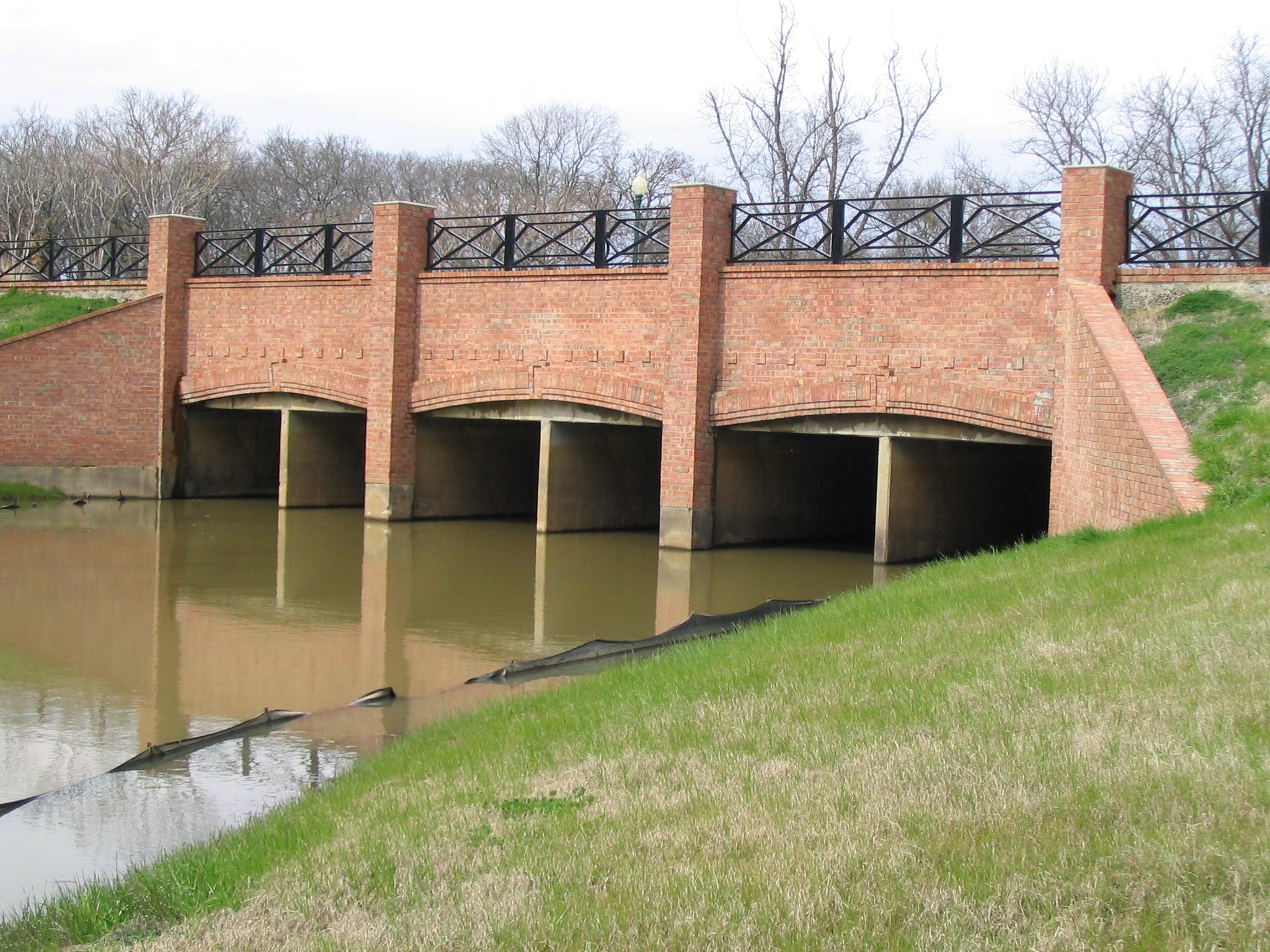
Flood Infrastructure Funding
In response to flooding events over the last decade, the 86th Texas Legislature, through SB-7 and SB-8, created the Texas Infrastructure Resiliency Fund (TIRF), the Flood Information Clearinghouse, and the Flood Infrastructure Fund (FIF).
The TIRF is a Floodplain Management account that will implement and expand Flood Science initiatives such as base level engineering, mapping, gauging, and other public flood resources.
The Flood Information Clearinghouse is a “one-stop-shop” website intended to connect applicants with information, resources, and programs to fund flood mitigation projects.
Applications are due June 15, 2020.
The FIF was funded with the State’s Economic Stabilization Fund, and it has a short term goal to deploy $793 Million for Grants and 0% Interest Loans to finance Drainage, Flood Mitigation, and Flood Control Projects. The long term goal of the program is to develop a Statewide Flood Plan by 2024 that will identify fundable projects. Until then, the Texas Water Development Board, who will administer the program, is accepting applications for Structural and Non-Structural activities that provide benefit to facilities owned and maintained by public and some semi-public agencies. The funding mentioned above would be directed to the first round of funding of this new program.
The rules for the program are laid out in the Flood Intended Use Plan (FIUP), and there are 4 project categories.
Watershed wide, collaborative planning projects (10-digit Hydrologic Unit Code); usually involves several agencies.
As the title implies, it covers projects from concept through construction.
Can be applied towards the local match of a federally awarded project.
Projects with quick turnaround and immediate benefit.
Agencies are first required to submit abridged applications by June 15, 2020, to go through a Project Prioritization Process. The selected projects will then become a part of the FIUP through amendment, and invitations to submit full applications for those projects will be sent out.
If projects do not fit one of the 4 categories, or if there are other viable funding sources based on location, hazard type, or other factors, the abridged application will be used by TWDB Staff to guide the applicant to funding alternatives where available. In other words, it is worth submitting an application even if it doesn’t exactly match the criteria of any category.
For more information, or if you’d like help with an application, contact: Abiel Carrillo, Bob Fisher, David Perkins, or Chris Wilde. Their contact information is listed at the bottom of this page.
“Texas Water Development Board’s New Flood Science, Planning, and Financial Assistance Programs”
By Kathleen Ligon, Special Assistant to the Texas Water Development Board’s Executive Administrator. Organized by the NCTCOG (Elena Berg)
The Webinar covers:
- Background on TWDB Flood Activities and State Flood Assessment
- Outcomes of 86th Legislature
- Bird’s Eye View of New Flood Programs (FIF)
- Flood Information Clearinghouse Website
April 15th Webinar Video
https://www.youtube.com/watch?v=TcQtw2kx6n4
April 15th Webinar Slides
http://www.nctcog.org/nctcg/media/Environment-and-Development/TWDB-webinar_4-15-20.pdf
Presentation by Tom Entsminger, TWDB, which goes into further detail on the Flood Infrastructure Fund, and how to understand the Flood IUP.
The “Flood IUP” is the vehicle for the details and information that highlights how the funding will work.
http://www.twdb.texas.gov/financial/programs/fif/doc/Flood_Intended_Use_Plan_3_16_2020.pdf
This document is intended to be the beginnings of a State Flood Plan, roughly a counterpart to the State Water Plan. In 2018, TWDB asked for money to conduct a survey of 1200 Certified Floodplain Managers across the State to get data about the state of flooding in Texas. The timing of the effort overlapped with the consequences of Hurricane Harvey, and as a result it became a document that received a lot of input and data. It is useful in understanding:
- Flood Risks across the State
- The roles of different agencies in low density areas where COG jurisdictions are spread out and thinner than large metros like Dallas, Houston, and Austin.
- Costs for Implementation Strategies
- Collection of Qualitative Information
https://texasfloodassessment.org/doc/State-Flood-Assessment-report-86th-Legislation.pdf
It’s a deep analysis of the Hurricane Harvey event and its impact on the Gulf region, and the State. Intended as a post-event dissection of the damage and response efforts, as well as recommendations to future-proof the Gulf Coast and the portions of the State that are subject to similar events.
This website is an enhanced flood data portal, (currently in development) for accessing flood hazard information produced with high quality ground data (LIDAR).
You can download datasets and models, or view the data and produce maps. You can also produce a property address specific report of flooding conditions.
https://webapps.usgs.gov/infrm/estBFE/
This website is still in development, so many areas of the state are still not covered.
- Downloadable BLE Data
- Site-Specific Flood Risk Report
- GIS Advanced Viewer
Additional Floodplain Management Resources can be found at: https://www.twdb.texas.gov/flood/resources/index.asp

